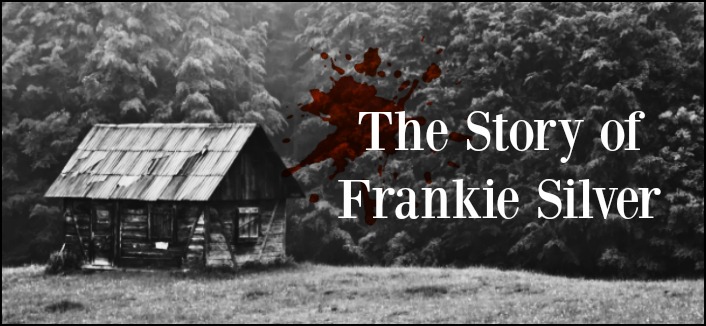In 1833, Frances “Frankie” Silver paid the ultimate price—hanging—for the murder of her husband, Charlie, two years earlier. However, so much legend and myth surround the story of Burke County, North Carolina’s most famous murderess that the actual details of her case may remain as murky as the fog-shrouded mountains of her Appalachian homestead.
The petite, blonde wife and mother was about 16 years old when, in December 1831, her spouse, 19-year-old Charles “Charlie” Silver, disappeared from the one-room cabin he and Frankie had shared since their wedding two years earlier. According to reports from witnesses, Frankie ran to her in-laws’ house to report the disappearance, claiming that Charlie had left for a hunting trip but had never returned. It wasn’t long, however, before the whereabouts of Charlie Silver were discovered. A few days later, searchers found that the Silver home was riddled with remnants of the young man’s body. Flesh and bone were found in the yard, as was part of a shoe that Charlie was known to have worn. Inside, blood spatters covered the walls, while oily ashes—apparently the remnants of someone’s attempt to burn a body—filled the fireplace.
Authorities immediately suspected Frankie of Charlie’s murder and arrested her, as well as her mother Barbara Stuart and her brother Blackston Stuart, whom authorities alleged had helped Frankie dispose of the body. Despite reports that Frankie had confessed, claiming that she had hit Charlie with an ax after he came home drunk and threatened the lives of both her and the Silvers’ 13-month-old daughter, Nancy, many sources state that, to her dying day, Frankie never admitted to the crime.
Frankie’s father, Isaiah, was able to secure Barbara and Blackston’s release from jail, but not his daughter’s. During a March 1832 trial, prosecutors portrayed Frankie as a jealous wife who killed Charlie out of rage over alleged indiscretions. Frankie herself never took the stand, believing that the circumstantial evidence against her wouldn’t be enough for conviction. The jury disagreed and found her guilty, with a sentence of death. While awaiting execution, Frankie broke out of jail (likely with help from her family) and went on the lam disguised as a man. Her freedom was short-lived, as authorities caught up with her a few days later. (According to legend, her true identity was revealed after Frankie’s uncle, upon hearing Frankie tell the sheriff that her name was Tommy, insisted to the officer, “Yes, her name is Tommy.”) Frankie was hanged on July 12, 1833, at which point her story left the news accounts and became legend.
Much misinformation about Frankie’s case has prevailed throughout the years, to the extent that facts are difficult to come by. In assessing the reason for Charlie Silver’s murder, some students of the case point to the fact that Charlie was known to abuse his wife; proponents of this theory state that the crime truly may have been a case of self-defense. Others believe that Frankie killed Charlie because he refused her request that the couple move west with her family. Still others say that Frankie’s parents were actually the ones who committed the murder.
Other inaccuracies about Frankie’s case abound. Frankie Silver is popularly known as the only woman hanged in Burke County, but that belief isn’t correct, as at least two women were hanged there before she was. Nor did she sing, at the gallows, the song that would become known as the “Ballad of Frankie Silver.” Finally, contrary to popular belief, the song “Frankie and Johnny,” about a couple torn apart by murder, isn’t about the Silvers. Instead, it was inspired in part by a murder in the late 19th century.
Frankie Silver’s grave west of Morganton remained unmarked for over a century, until the editor of a local newspaper placed a headstone there in 1952. (The grave incorrectly lists Frankie’s last name as “Silvers.”) Charlie Silver’s remains are buried beneath three separate markers in a family graveyard in Mitchell County.

Leave a Reply